About 49,165 vulnerable households identified in 16 communes from four provinces-Gitega, Ruyigi, Karusi and Kirundo have been registered to receive BIF 40 thousand per two months to improve their living conditions since July 2017.
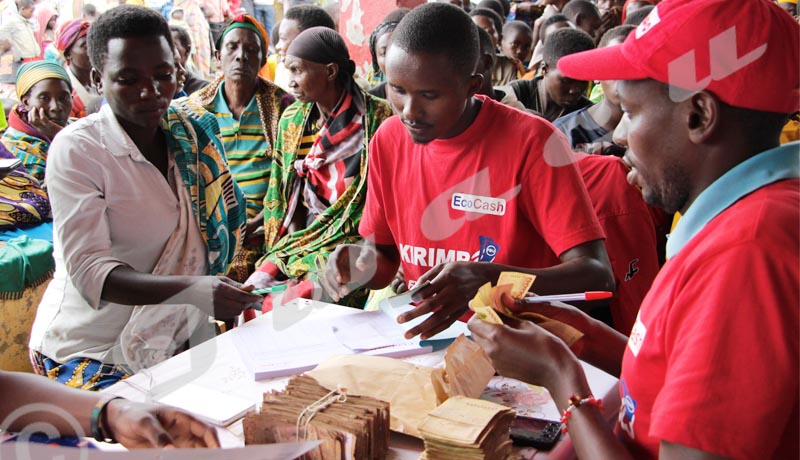
Beneficiaries of “Merankabandi” project receive BIF 40,000 per two months
They are supported by “Merankabandi” project financed by the World Bank with a budget of USD 40 million. The project initially targeted 48,000 vulnerable households. “We receive many vulnerable people but we could not satisfy all of them”, says Michel Nyabenda, coordinator of “Merankabandi” project. Poverty due to lack of money and chronic malnutrition were the main criteria to identify vulnerable people. The money transfer is managed by women expect for widowers.
In March 2019, the beneficiaries already received BIF 5,975 billion through mobile money transfer. The project is extended to five years and each household will receive BIF 600,000. They use the received money for having food, clothing, breeding small animals, buying material schools, renting rice fields and rehabilitating their houses as well as doing generating revenue activities.
Imelde Nduwayo, a mother of five and beneficiary of the project from Ruyigi province says the support has changed her living conditions. “I couldn’t previously succeed in dressing my kids, but now, not only do I buy clothes but also I breed animals”, she says. The same view is shared by Languide Sindayigaya. She manages to educate her children and get the health insurance card.
Michel Nyabenda, coordinator of “Merankabandi” project says different challenges were identified since the implementation of the project. “Vulnerable people are so many and the mobile money transfer is a new system towards the rural population”, he says adding that the depreciation of BIF is so high that the latter can’t be used to implement big projects.
Nyabenda also says “Merankabandi” project expects to increase the number of beneficiaries to 50,000 in 2019 and build their capacity for money management.

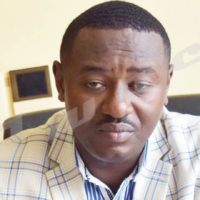
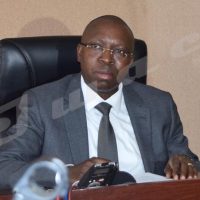
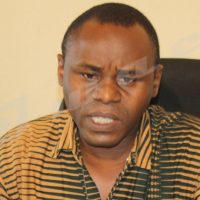
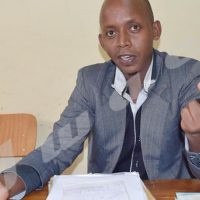













 IWACU Open Data
IWACU Open Data

